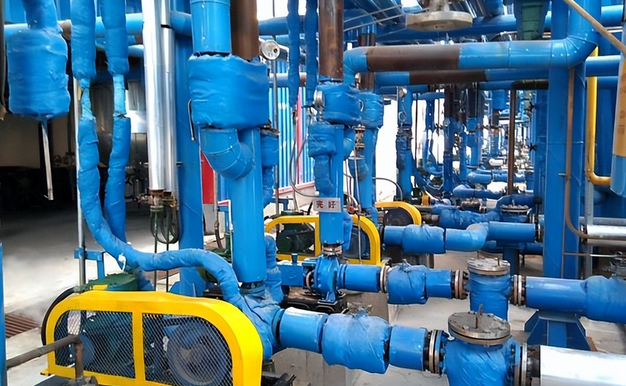Installation and operation of chemical centrifugal pump
The installation and operation steps of chemical centrifugal pumps involve many links, mainly including:
1. Installation basics
1) Select the installation site and clean it carefully to ensure that the ground is level, flat and meets construction requirements.
2) Measure the size of the foundation on the cleared site and mark it. According to the requirements of the design drawings, control the foundation height and size.
3) Place the basic template on the site according to the marks and fix it to ensure that the template does not move.

4) Set up the grid and steel bars, tie them with steel wires, and pour concrete.
2. Install the stator
1) Flatten the bottom of the pump by hand to ensure that the bottom of the pump is smooth.
2) Ensure that the levelness of the stator seat, internal processing surface and pump body is within 0.1mm. If it is not within the range, it needs to be trimmed.
3) Install the stator end cover vertically in the pump body and lock the stator base.
4) Install the stator, reinforce the stator with bolts, and protect and fix it with spacers.
3. Install the rotor
1) Check and clean the bearing caps and bearings to prevent dirt and impurities from entering the inside of the bearings.
2) Place the rotor shaft on the stator, gently push the rotor forward, and check whether the rotor is flexible and stable.
3) Drop a small amount of lubricating oil on the bearing, then align the rotor shaft with the shaft hole of the bearing cover, and slowly move it into position to ensure a reliable connection between the rotor shaft and the bearing cover.
4) Adjust the clearance of the rotor so that it can rotate flexibly and smoothly, and then reinforce the bearing cover with bolts.
4. Install the infusion pipeline
1) Connect each pipeline and seal it with a rubber gasket at the pipeline interface.
2) Check whether each pipeline is firmly connected, has good sealing, and has no leakage.
5. Other matters needing attention
1) The coupling between the motor and the pump should be installed correctly and ensure that the two axes of the coupling are aligned.
2) The power cords of the pump and motor should be connected correctly and follow relevant electrical safety requirements.
3) The bearings of the pump should be filled with enough grease and the lubrication should be checked regularly.
4) After the installation is completed, conduct a no-load test run to ensure the normal operation of the pump.




